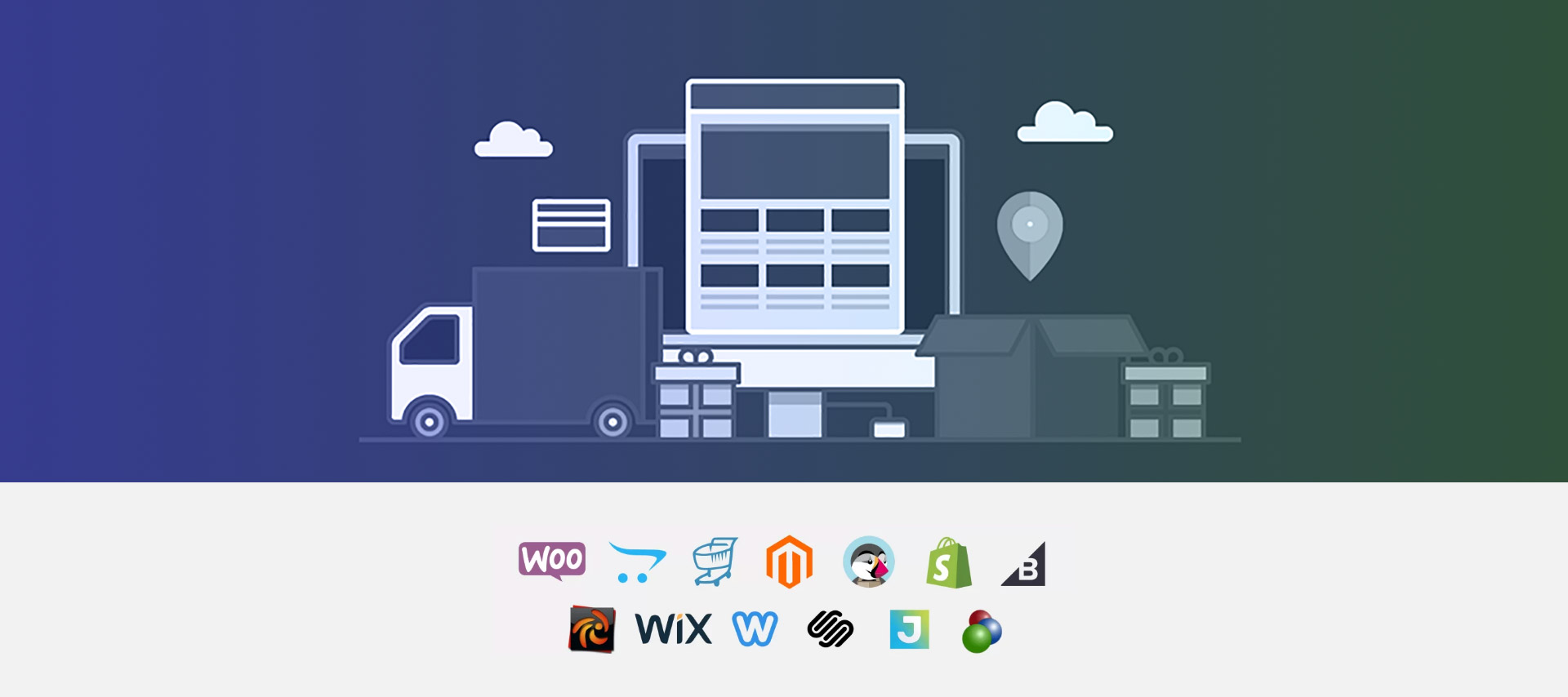A Comprehensive Guide for IT Professionals and Business Leaders
Introduction: The Cloud Revolution
In today’s fast-paced digital landscape, the term “cloud computing” has become ubiquitous. But how do we define public cloud, and why has it become such a game-changer for businesses of all sizes? Understanding what is cloud computing is crucial for IT professionals, managers, and business owners looking to make informed decisions about their organization’s technology infrastructure.
In this comprehensive guide, we’ll explore the public cloud computing definition, its architecture, various offerings, and how it compares to other cloud deployment models. By the end of this article, you’ll have a clear understanding of what public cloud computing entails and how it can benefit your business.
Learn more about ASPGulf Public Cloud Offerings.

What is Public Cloud Computing?
Defining Public Cloud
At its core, public cloud computing refers to a model of cloud computing where computing resources are made available to the general public over the internet. These resources are owned, managed, and operated by a third-party cloud service provider, who makes them available to customers on a pay-as-you-go basis.
Key Characteristics of Public Cloud
To better understand the public cloud computing definition, let’s break down its key characteristics:
- Shared Infrastructure: In a public cloud, multiple customers share the same infrastructure, including hardware, storage, and network devices.
- On-Demand Self-Service: Users can provision and manage resources without requiring human interaction from the service provider.
- Broad Network Access: Services are available over the network and can be accessed through standard mechanisms by various client platforms.
- Resource Pooling: The provider’s computing resources are pooled to serve multiple consumers using a multi-tenant model.
- Rapid Elasticity: Capabilities can be elastically provisioned and released to scale rapidly outward and inward with demand.
- Measured Service: Cloud systems automatically control and optimize resource use by leveraging a metering capability.
Public Cloud Architecture: The Building Blocks
Understanding the public cloud architecture is crucial for IT professionals and managers looking to leverage this technology. The public cloud is built on a complex infrastructure that can be broken down into several key components:
1. Data Centers
At the foundation of public cloud computing are massive data centers. These facilities house thousands of servers, storage systems, and networking equipment that power cloud services.
2. Virtualization
Virtualization technology allows cloud providers to create multiple virtual machines (VMs) on a single physical server, maximizing resource utilization and enabling multi-tenancy.
3. Network Infrastructure
A robust network infrastructure connects data centers, enables communication between various components, and provides internet connectivity to end-users.
4. Storage Systems
Public cloud providers employ various storage technologies, including block storage, object storage, and file storage, to meet different data storage needs.
5. Management and Orchestration Tools
These tools help cloud providers manage and automate the provisioning, scaling, and monitoring of resources across their infrastructure.
6. Security Measures
Public cloud providers implement multiple layers of security, including firewalls, encryption, and access controls, to protect customer data and resources. Learn more about cloud computing security.
Public Cloud Offerings: A Diverse Ecosystem
When we talk about public cloud computing, it’s important to understand that it encompasses a wide range of services. Let’s explore some of the most common public cloud offerings:
1. Infrastructure as a Service (IaaS)
IaaS provides virtualized computing resources over the internet. Users can rent virtual machines, storage, and networking components on a pay-as-you-go basis. This model gives organizations the flexibility to scale their infrastructure up or down based on demand.
Example: Amazon EC2, Google Compute Engine, Microsoft Azure Virtual Machines
2. Platform as a Service (PaaS)
PaaS offers a platform for developers to build, run, and manage applications without the complexity of maintaining the underlying infrastructure. This service typically includes development tools, database management systems, and middleware.
Example: Google App Engine, Heroku, Microsoft Azure App Service
3. Software as a Service (SaaS)
SaaS delivers software applications over the internet, eliminating the need for users to install and run the application on their own computers. These applications are typically accessed through a web browser.
Example: Salesforce, Google Workspace, Microsoft 365
4. Function as a Service (FaaS)
Also known as serverless computing, FaaS allows developers to run individual functions or pieces of code in response to specific events, without managing the underlying infrastructure.
Example: AWS Lambda, Google Cloud Functions, Azure Functions
5. Database as a Service (DBaaS)
DBaaS provides database functionality without the need for setting up physical hardware, installing software, or configuring for performance.
Example: Amazon RDS, Google Cloud SQL, Azure SQL Database

Cloud Hosting
Cloud Hosting – Scalable, Secure, and Cost-Effective! Get Started Today!
Public Cloud Deployment Model: Flexibility and Scalability
The public cloud deployment model offers several advantages that make it an attractive option for many organizations:
- Cost-Effectiveness: Pay-as-you-go pricing eliminates the need for large upfront investments in hardware and infrastructure.
- Scalability: Resources can be easily scaled up or down based on demand, allowing businesses to respond quickly to changing needs.
- Reliability: Public cloud providers typically offer high availability and redundancy across multiple data centers.
- Maintenance-Free: The cloud provider handles all hardware and software maintenance, updates, and upgrades.
- Global Reach: Public cloud services can be accessed from anywhere with an internet connection, facilitating global operations and remote work.
Public Cloud Examples: Giants of the Industry
To better understand public cloud computing, it’s helpful to look at some real-world examples of public cloud platforms and how businesses leverage public cloud technologies to enhance scalability, security, and efficiency. These public cloud computing platforms provide a range of services, from infrastructure and storage to AI and big data analytics, enabling businesses to innovate and grow without the burden of managing physical hardware.
Amazon Web Services (AWS)
AWS is the largest public cloud provider, offering a vast array of services including compute, storage, database, analytics, and machine learning.
Microsoft Azure
Azure provides a comprehensive set of cloud services for building, testing, deploying, and managing applications and services through Microsoft-managed data centers.
Google Cloud Platform (GCP)
GCP offers a suite of cloud computing services that runs on the same infrastructure that Google uses internally for its end-user products.
IBM Cloud
IBM Cloud provides a range of cloud computing services, including IaaS, PaaS, and SaaS offerings, with a focus on enterprise customers.
Public Cloud Infrastructure Services: The Backbone of Modern IT
Public cloud infrastructure management services form the foundation of many organizations’ IT strategies. These services typically include:
- Compute: Virtual machines, containers, and serverless computing options.
- Storage: Object storage, block storage, and file storage solutions.
- Networking: Virtual private clouds, load balancers, and content delivery networks.
- Security: Identity and access management, encryption, and firewalls.
- Analytics: Big data processing and analysis tools.
- Artificial Intelligence and Machine Learning: Pre-trained models and custom ML tools.
Enterprise Public Cloud: Transforming Business Operations
For large enterprises, public cloud computing offers numerous benefits:
- Agility: Quickly deploy new applications and services to meet changing business needs.
- Innovation: Access to cutting-edge technologies without significant upfront investment.
- Global Presence: Easily expand into new markets with global cloud infrastructure.
- Disaster Recovery: Implement robust disaster recovery solutions at a fraction of the cost of traditional methods.
- Collaboration: Facilitate teamwork and communication with cloud-based productivity tools.
Public Cloud Technologies: Driving Innovation
The public cloud is constantly evolving, with providers introducing new technologies to meet emerging needs. Some of the latest public cloud technologies include:
- Edge Computing: Bringing compute power closer to the end-user for reduced latency.
- Quantum Computing: Harnessing quantum mechanics for complex problem-solving.
- Blockchain: Providing distributed ledger technology as a service.
- Internet of Things (IoT) Platforms: Managing and analyzing data from connected devices at scale.
- Artificial Intelligence and Machine Learning: Democratizing access to advanced AI and ML capabilities.
Public Cloud Examples : Real-World Applications
To illustrate the versatility of public cloud examples computing, let’s look at some real-world applications:
- Netflix: Uses AWS for nearly all its computing and storage needs, including database management, analytics, and video transcoding.
- Spotify: Migrated its infrastructure to Google Cloud Platform, leveraging its data analytics and machine learning capabilities.
- Airbnb: Utilizes Amazon EC2 for its website and mobile app hosting, as well as AWS data warehousing solutions for analytics.
- Philips Healthcare: Uses Azure to process and store data from its medical devices, enabling better patient care and predictive maintenance.
- The Coca-Cola Company: Employs various cloud services from Microsoft Azure for its marketing analytics and customer engagement platforms.
Private vs Public Cloud: Understanding the Differences
While public cloud has gained significant traction, it’s important to understand how it differs from private cloud solutions:
Public Cloud:
- Shared infrastructure
- Pay-as-you-go pricing
- Managed by third-party provider
- Accessible over the internet
- Rapid scalability
Private Cloud:
If you are confused about what is private cloud and how it differs from public cloud please go the through the following points.
- Dedicated infrastructure
- Fixed costs
- Managed internally or by a third party
- Accessible within organization’s network
- Customizable to specific needs
Conclusion
As we’ve explored throughout this comprehensive guide, it’s important to define public cloud and understand its role in modern IT infrastructure. The public cloud computing definition refers to a cloud environment where computing resources are shared and accessible over the internet, offering a wealth of benefits for organizations of all sizes. From its flexible architecture and diverse service offerings to its cost-effectiveness and scalability, the enterprise public cloud has revolutionized the way businesses approach their IT strategies.
For IT professionals, managers, and business owners, knowing what public cloud computing is and how it functions is crucial in today’s digital landscape. By leveraging public cloud services, organizations can focus on innovation and growth, rather than managing complex on-premises infrastructure.
However, when evaluating private vs public cloud solutions, it’s essential to consider security, compliance, and customization needs. The private cloud vs public cloud debate remains a key discussion point, with private clouds offering enhanced control and security while public clouds provide agility and cost efficiency.
As you consider your organization’s cloud strategy, remember that the public cloud is not a one-size-fits-all solution. Carefully evaluate your specific needs, compliance requirements, and long-term goals to determine the best approach for your business. Whether you choose to go all-in on public cloud or opt for a hybrid approach, embracing cloud technologies will undoubtedly play a critical role in your organization’s future success.



